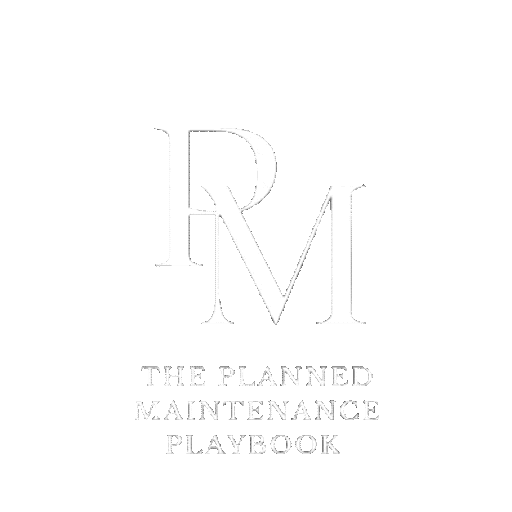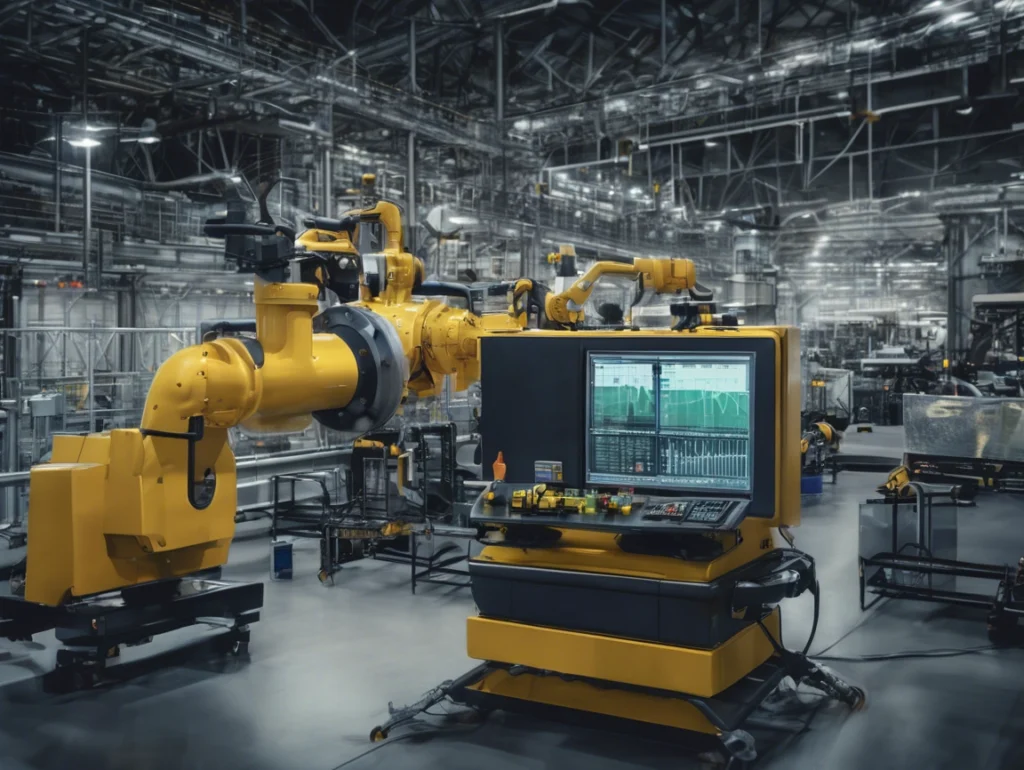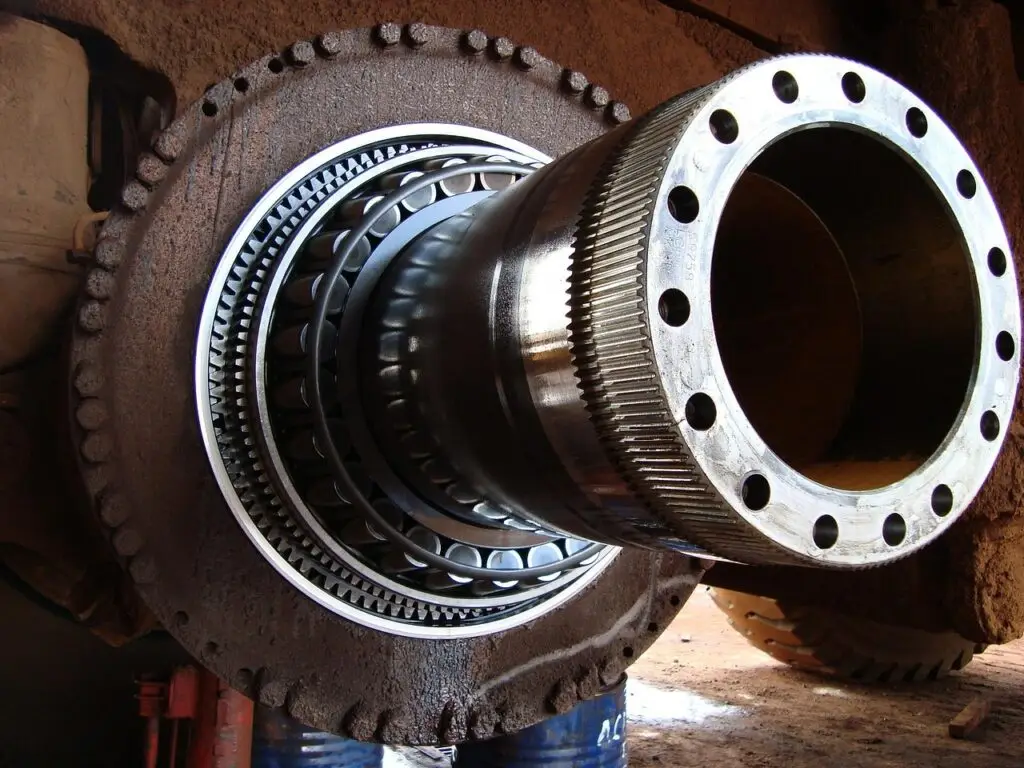Predictive maintenance (PdM) promises to reduce unplanned downtime, cut costs, and extend asset life. But how do these benefits translate into real financial returns? This article delivers a deeper breakdown of PdM’s return on investment, including implementation costs, ongoing expenses, and measurable savings, with real-world examples and industry benchmarks to frame expectations.
Upfront Investment: What Does PdM Cost?
Implementing PdM requires substantial initial investment across several categories:
Hardware and Sensors
- Temperature sensors: ~$100 each
- Vibration sensors: ~$1,000 each
- Data acquisition systems: $1,000–$10,000+ depending on scale
- Total sensor cost for a mid-sized facility: often >$50,000
Software and Analytics Platforms
- CMMS/EAM licensing: ~$400 per user/year
- Analytics tools: ~$200 per license
- Turnkey PdM software solutions: $50,000–$200,000/site
Integration and IT Infrastructure
- Integration with existing ERP, CMMS, and historian databases: $5,000–$50,000+
- Network upgrades, edge computing, cybersecurity: variable
Training and Change Management
- Consultant/training programs: $10,000–$50,000
- Reliability engineer salary (if hired): $80,000–$100,000/year
Therefore, the total Estimated Initial Investment is $100,000–$300,000+ for a single site.
Recurring Costs: Ongoing Commitment
While capital costs are upfront, PdM also brings ongoing operating costs:
- Software licenses and support: 5–15% of license cost annually (e.g., $10,000–$30,000/year)
- Cloud storage/data management: Especially high for video or high-frequency sensors
- System upkeep: Sensor replacements, firmware updates, cybersecurity
- Personnel: In-house analyst or outsourced diagnostics (reliability engineer: $70K–$100K/year)
Rule of thumb: Annual maintenance cost = 5–10% of capital investment.
Reduced Downtime
- Typical downtime reduction: 30–50%
- For assets costing $10K–$2.3M/hr in downtime, savings mount fast
- Example: Automotive plant cut downtime 45%, saving $300K/year
Lower Maintenance Costs
- Maintenance cost reductions: 10–40%
- Improved scheduling reduces overtime and emergency repairs
- Siemens study: 55% gain in technician productivity
Inventory Optimization
- Just-in-time spares reduce parts inventory by 20–50%
- Less capital tied up, lower warehousing costs
Extended Asset Life
- Asset lifespan improvements: 20–40%
- Example: Avoided $60K/year in component replacements
Increased Throughput & Revenue
- Equipment availability boost: 5–15%
- Case: +15% availability added $300K in revenue annually
ROI Benchmarks and Payback Periods
- Typical ROI: 200–1000% (2× to 10× return)
- Payback period: 3–12 months
- Manufacturing: Auto parts plant achieved 7:1 ROI in year one
- Energy: Wind farm saw 5:1 ROI over 3 years with 8% uptime increase
- Mining: Rio Tinto projected $200M in savings via predictive analytics
Even promising projects can under-deliver if the following challenges are not taken care of:
- Underestimating Costs: Sensor density, integration complexity, and IT upgrades often exceed budget
- Poor Data Quality: Incomplete, noisy, or misaligned data undermines model accuracy
- Low Organizational Readiness: Lack of skilled staff, buy-in, or workflow integration stalls benefits
- Overestimated Benefits: Many models assume ideal savings that don’t reflect real equipment history



